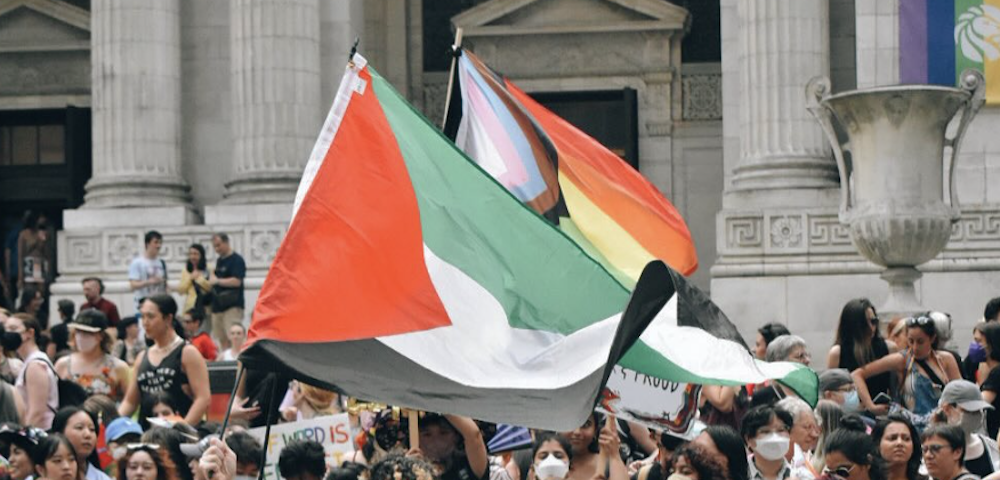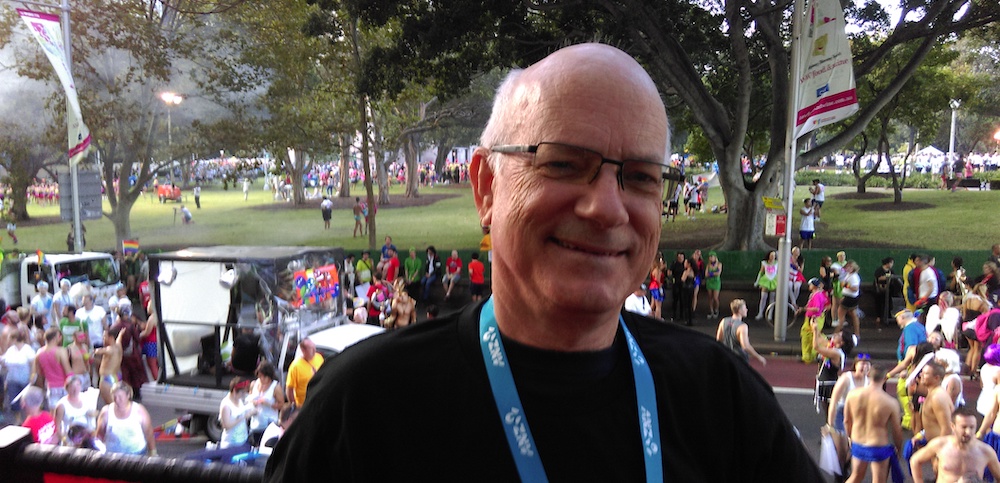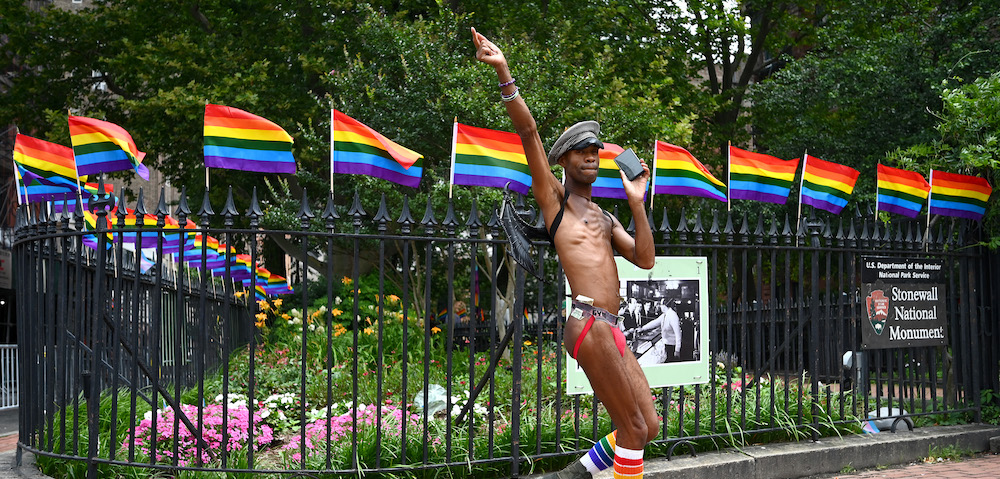
The bottom line on tanning
Australians have always had a reputation for being sun worshippers with some tanners using sun beds as an alternative to time in the sun.
Offering a concentrated dose of UV light, sun beds almost double the risk of developing malignant melanoma.
Around 2007, Australians became more aware of the potential risks of sun beds when 26-year-old Clare Oliver died of metastatic melanoma that was diagnosed when she was 21.
During her life she had significant sun exposure, however, a large portion of her increased melanoma risk was attributed to a special “buy 10, get 20 tanning sessions” voucher she bought at the age of 19.
While some people claim that sun beds have the health benefit of increasing vitamin D levels, a vitamin created in the skin after exposure to UVB rays, this is not the case. The high-pressure lamps in most solariums produce mainly UVA waves that penetrate deep into the skin, causing damage at the deeper skin levels.
So what’s the bottom line on sun beds?
It is well established that tanning is one of the main factors in developing skin cancers. Sun beds accelerate the process, exposing users to higher levels of radiation over shorter periods of time. They are not recommended.
As the community becomes more aware of the risks associated with sun exposure, people have started looking for alternative ways to tan without the sun.
One injectable product that has seen increasing use is melanotan, also known as “the Barbie drug”. Melanotan is a peptide designed to stimulate melanocytes, the skin cells responsible for tanning but also melanoma.
Melanotan is an untested medicine currently sold via a number of technical loopholes in many countries.
If your skin is already damaged and you have early melanoma, adding a medicine that is going to stimulate these cells has the potential to accelerate melanoma throughout the body.
Given that melanoma needs only one damaged cell to start, is this a risk you would be willing to take?
Guys, protect your safety. Do not purchase any medication that is untested, potentially illegal, and that may accelerate the risk of deadly cancer.
Is there such a thing as a safe tan?
In my honest opinion, the answer is no. As an Australian, I consider my risk of skin cancer way too high to be interested in having a “healthy glow”.
For those who are keen to have the darker tones to their skin, I recommend considering spray tans and other non-invasive options. Is your life really worth that tan?
By DR GEORGE FORGAN-SMITH









